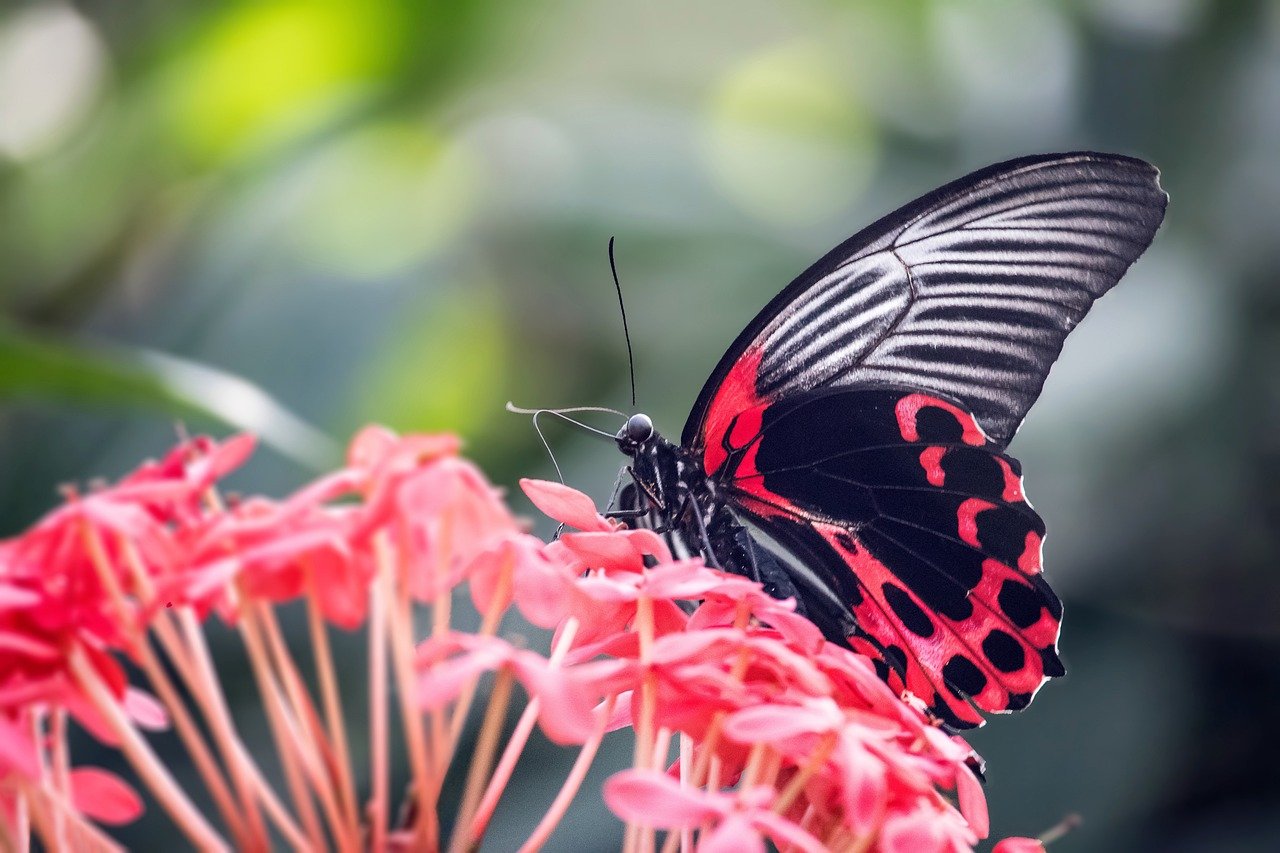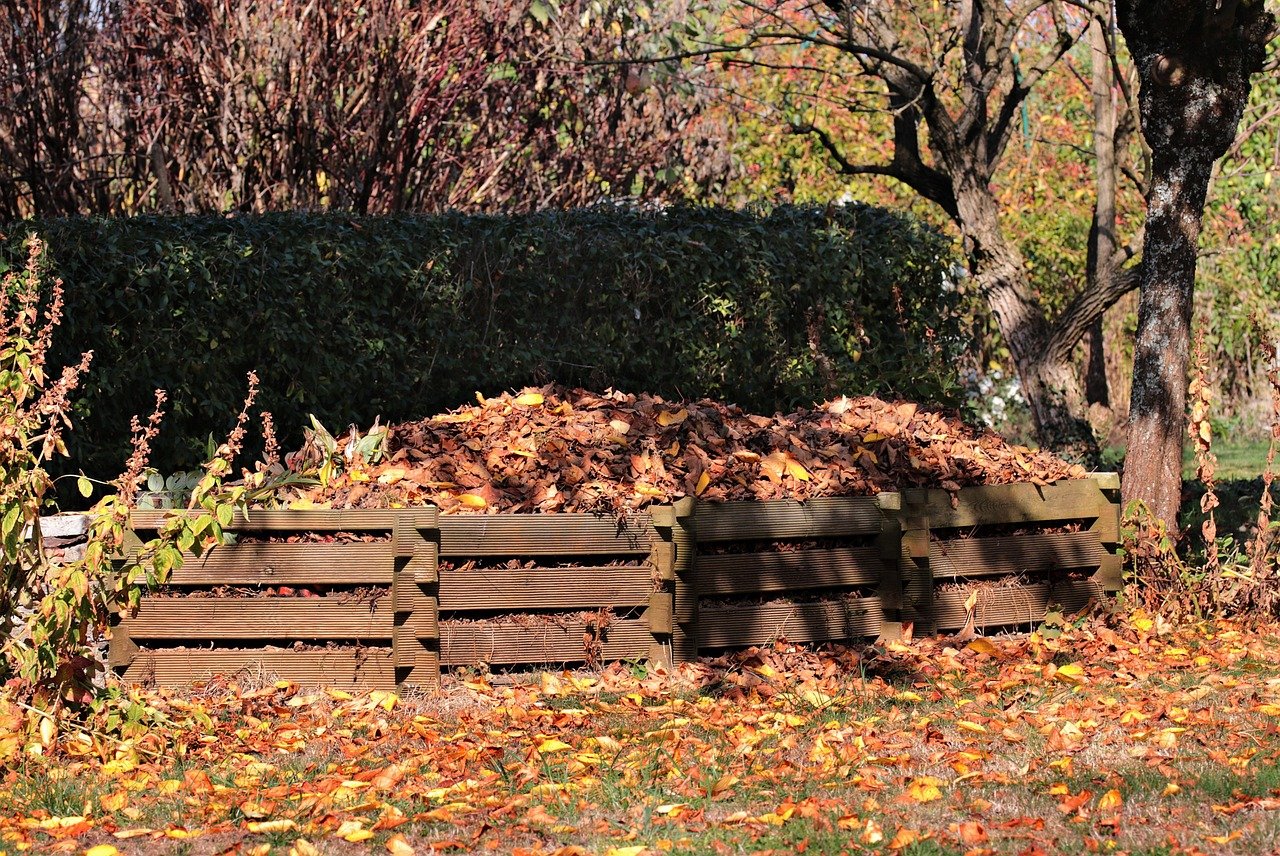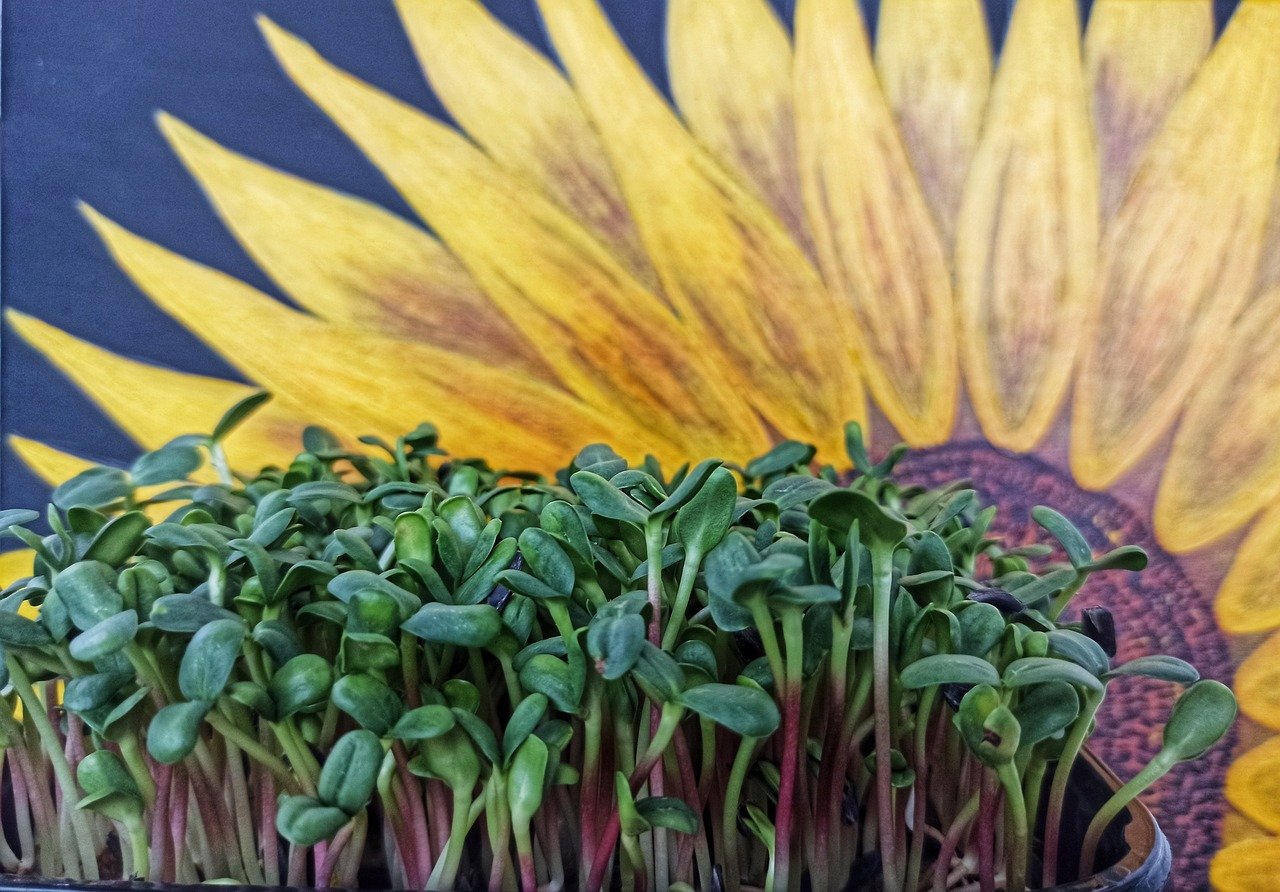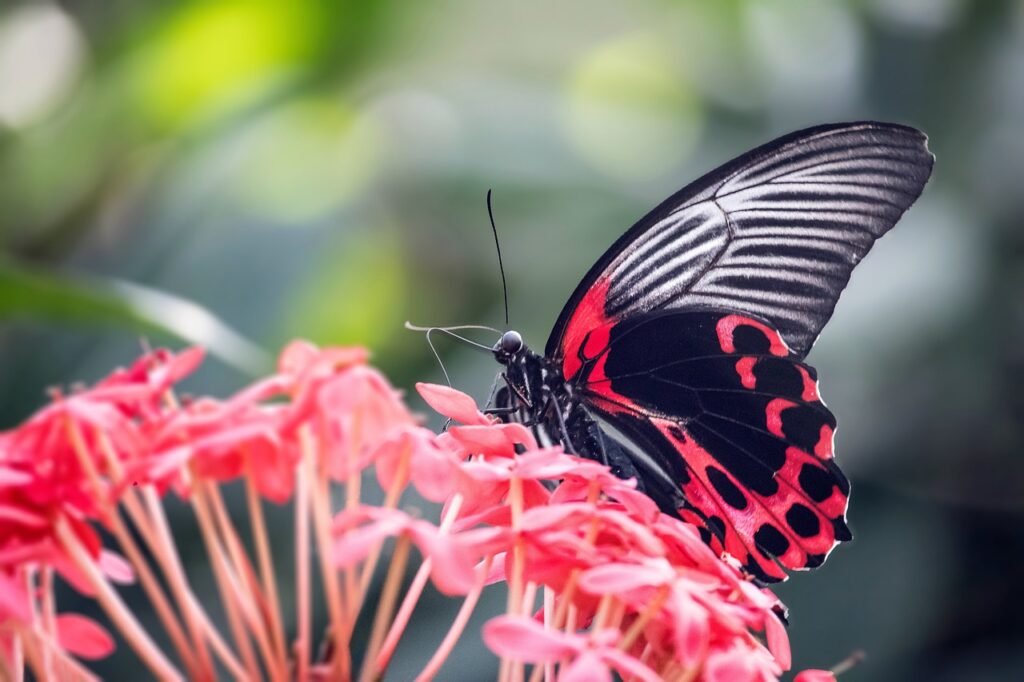
How to create a butterfly garden and what to plant
Introduction to Butterfly Gardens
Definition and Purpose
Butterfly gardens are more than just a collection of pretty flowers—they are sanctuaries for these delicate creatures. A butterfly garden is specifically designed to attract butterflies by providing them with the essential elements they need for survival and reproduction.
These gardens typically feature a variety of nectar-rich flowers, host plants for caterpillars to feed on, and other amenities like water sources. Creating a butterfly garden not only adds beauty to your outdoor space but also plays a crucial role in supporting pollinators and promoting biodiversity.
By cultivating a habitat that caters to butterflies, you are contributing to the conservation efforts of these enchanting insects. Observing butterflies fluttering around your garden can bring joy and wonder, making it a rewarding experience for nature enthusiasts of all ages.
Benefits of Butterfly Gardens
The benefits of establishing a butterfly garden extend far beyond aesthetics. These enchanting spaces serve as vital refuges for declining butterfly populations, offering them food sources and shelter in an increasingly urbanized world.
By planting native plants that attract butterflies, you are creating corridors for these pollinators to move through, aiding in their survival. Moreover, butterfly gardens contribute to the overall health of ecosystems by supporting other beneficial insects and birds that rely on nectar-rich blooms for sustenance.
As you nurture your garden, you will notice an increase in biodiversity with various species visiting your yard throughout the seasons. Additionally, creating a butterfly-friendly environment provides an educational opportunity for children and adults alike to learn about the fascinating life cycle of butterflies and their importance in our ecosystem.
Introduction to Butterfly Gardens

Choosing the Perfect Spot: Location Selection
When embarking on the exciting journey of creating a butterfly garden, one of the fundamental decisions you’ll need to make is selecting the ideal location. Butterflies are delicate creatures that thrive in sunny, sheltered spots. Opt for a place in your yard that receives ample sunlight throughout the day while also offering some protection from strong winds.
This will ensure that your fluttering friends can bask in the warmth and nectar-rich blooms without being buffeted around excessively. Another crucial factor to consider when choosing a location for your butterfly garden is proximity to natural elements like trees or shrubs.
Butterflies are attracted to diverse landscapes with varying heights and textures, so incorporating some foliage around your garden area can provide resting spots and shelter from predators. Additionally, try to position your garden near a water source like a birdbath or small pond to offer drinking opportunities for these ethereal insects.
Designing With Flair: Design Considerations
Designing a butterfly garden is not just about planting pretty flowers; it’s about creating an inviting space that mimics the natural habitats butterflies love. When planning your garden layout, think about incorporating different heights and layers of vegetation to attract a diverse range of butterfly species. Grouping plants together in clusters rather than scattering them randomly can make it easier for butterflies to locate food sources and host plants.
Your design considerations should also take into account color schemes and flower shapes that appeal to butterflies. Brightly colored flowers like reds, oranges, pinks, and purples are particularly attractive to these winged wonders.
Be sure to include a mix of flower shapes such as clusters (like coneflowers) and tubular blooms (like salvias) to cater to various butterfly feeding preferences. By thoughtfully planning out your garden design, you can create an oasis that not only looks stunning but also provides essential resources for butterflies.
Essential Elements for a Successful Butterfly Garden
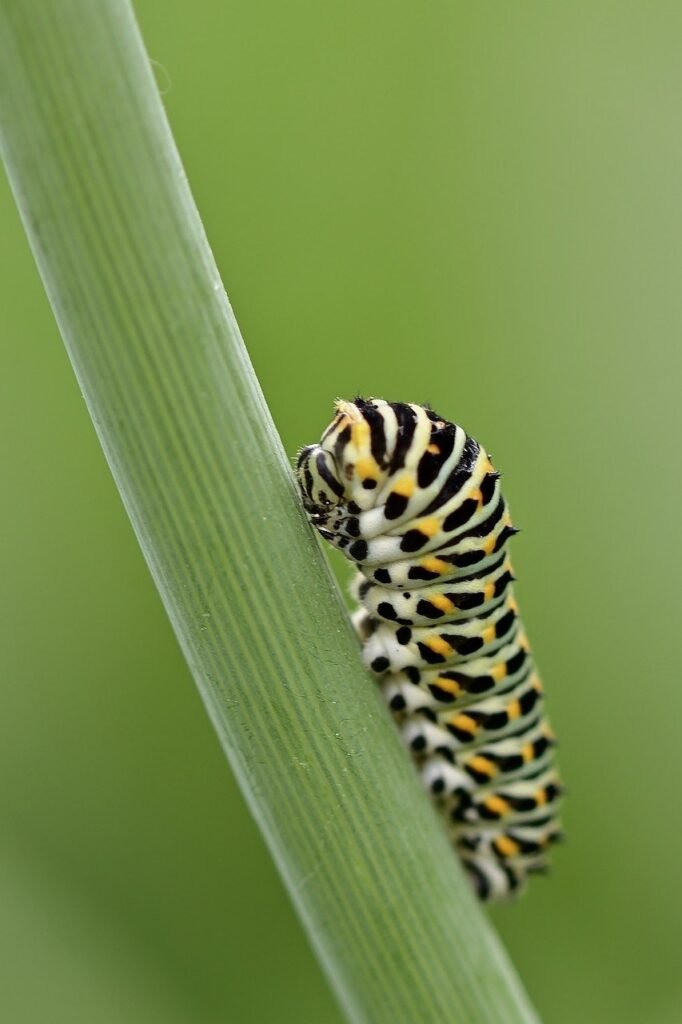
Host Plants for Caterpillars
One crucial element of a thriving butterfly garden is providing host plants for caterpillars. These plants are where the butterflies lay their eggs, and the resulting caterpillars feed and grow. Each butterfly species has specific host plant preferences, so it’s essential to research which butterflies are native to your area and which plants they depend on.
For example, Monarch butterflies rely on milkweed as their host plant, while Swallowtail butterflies may prefer dill or parsley. By including a variety of host plants in your garden, you can attract a diverse range of butterfly species and support their life cycle.
Nectar Plants for Adult Butterflies
In addition to host plants for caterpillars, nectar plants for adult butterflies are equally important in a butterfly garden. These flowering plants provide the necessary food source for adult butterflies, sustaining them throughout their short but beautiful lives.
When selecting nectar plants, opt for varieties that offer a continuous bloom cycle to ensure a steady supply of nectar throughout the season. Flowers with tubular shapes or flat landing surfaces are particularly attractive to butterflies as they make feeding easier.
Popular choices include Coneflowers (Echinacea), Zinnias (Zinnia elegans), and Lantana (Lantana camara). By planting an array of nectar-rich flowers, you can entice numerous butterfly species to visit your garden and create a vibrant display of colors and fluttering wings.
Water Source
While food sources like nectar are crucial for adult butterflies’ survival, access to water is equally vital in creating a hospitable environment for these delicate creatures. Butterflies require water not only to drink but also for other essential activities like basking in the sun or regulating their body temperature. To provide a suitable water source in your garden, consider incorporating shallow dishes filled with damp sand or soil where butterflies can puddle safely.
Adding rocks or pebbles that protrude slightly from the water’s surface can give them perches to land on while drinking. Remember to keep the water source clean and replenished regularly to ensure it remains inviting and hygienic for your fluttering visitors.
Milkweed (Asclepias)

Importance as Host Plant for Monarch Butterflies
Milkweed is not just any plant in a butterfly garden; it’s the monarch’s favorite. Monarch butterflies rely on milkweed as their host plant for laying eggs and providing food for their caterpillars.
Without milkweed, monarch populations would struggle to survive. Common Milkweed (Asclepias syriaca) and Swamp Milkweed (Asclepias incarnata) are two popular varieties that you can include in your garden to attract these majestic orange-and-black beauties.
Varieties such as Common Milkweed and Swamp Milkweed
Common Milkweed is known for its fragrant pinkish-purple flowers that bloom from early to mid-summer, attracting not only monarchs but also other pollinators like bees and butterflies. On the other hand, Swamp Milkweed offers a unique touch with its delicate pink or purple blooms that thrive in moist soil conditions. Both varieties of milkweed are easy to grow and maintain, making them must-have additions to any butterfly garden aiming to support monarch populations.
Coneflowers (Echinacea)

Attracts a Variety of Butterflies
Coneflowers, with their striking daisy-like blooms in shades of pink, purple, and white, are like a magnet for butterflies of all kinds. Their prominent cone-shaped centers provide an abundant source of nectar for butterflies while adding vibrant colors to your garden palette. From swallowtails to painted ladies, coneflowers will attract a diverse array of fluttering visitors all season long.
Long-lasting Blooms
One of the best things about coneflowers is their long-lasting blooms that continue well into the late summer months. This means your butterfly garden will be adorned with these attractive flowers for an extended period, ensuring a constant supply of nectar for both resident and migrating butterflies. With minimal care requirements and high visual appeal, coneflowers are an excellent choice for any gardener looking to create a welcoming habitat for these winged wonders.
Lantana (Lantana camara)
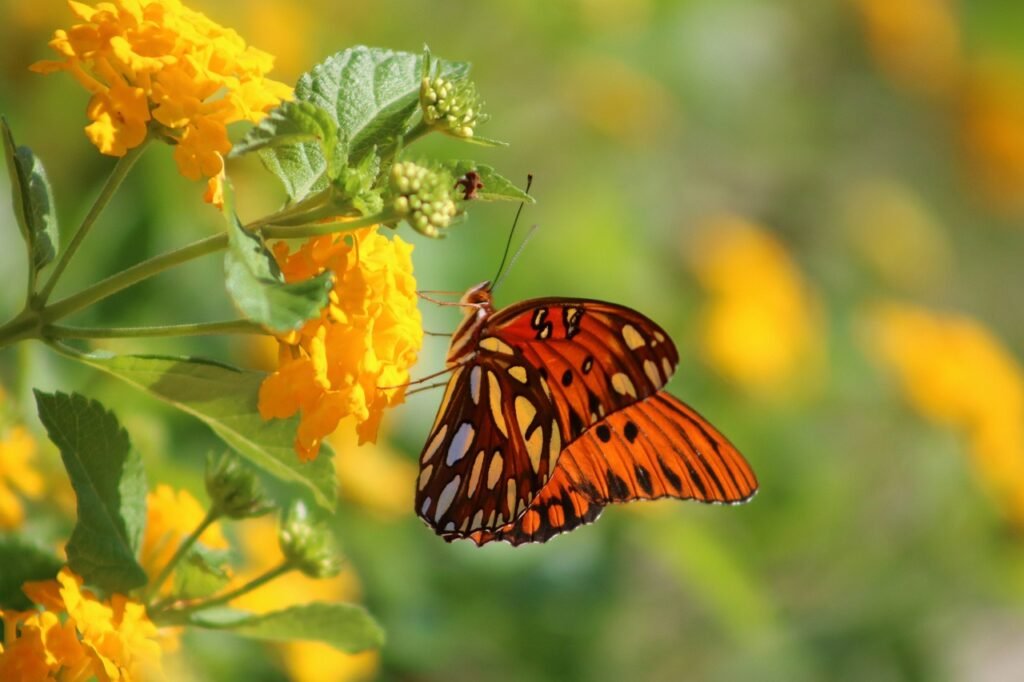
Colorful Flowers that Attract Butterflies and Hummingbirds
Lantana’s clusters of tiny, vibrant flowers in hues ranging from reds and oranges to yellows make it irresistible not only to butterflies but also hummingbirds seeking nectar sources. This plant adds pops of color throughout the summer months while serving as a valuable food source for your fluttering friends.
Low Maintenance Plant
For those seeking low-maintenance options in their butterfly garden, lantana fits the bill perfectly. Drought-tolerant once established and capable of thriving in various soil types, lantana requires minimal upkeep beyond regular watering during dry spells. Its resilience combined with its attractiveness to pollinators makes it an ideal choice for both beginner and experienced gardeners looking to enhance biodiversity in their outdoor space.
Additional Plants to Consider for Diversity in Your Butterfly Garden
Butterfly Bush (Buddleja davidii)
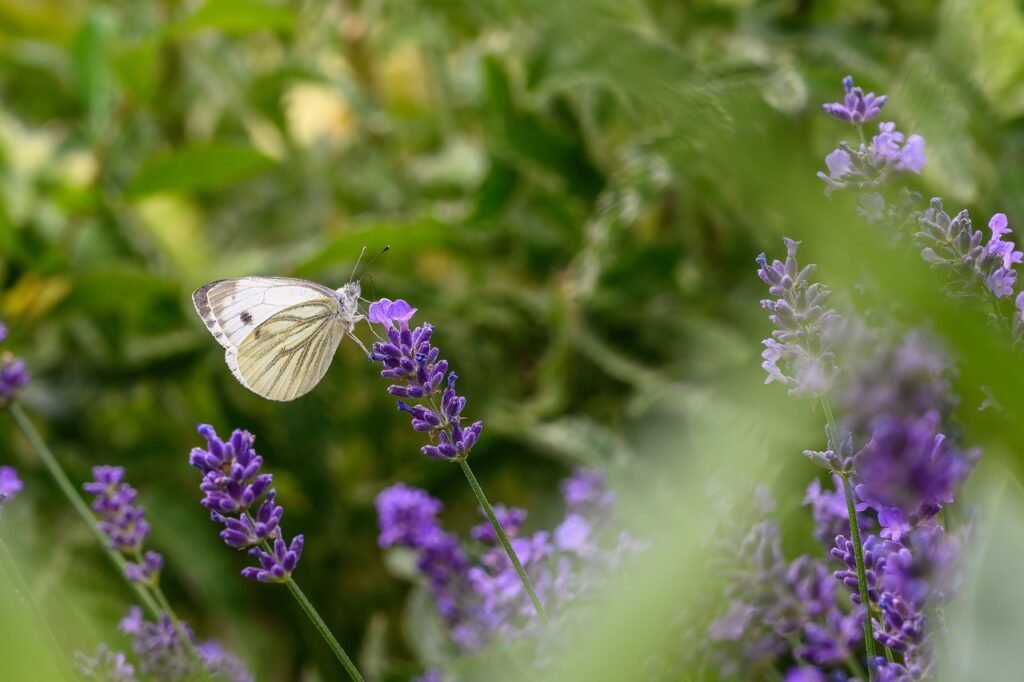
When it comes to attracting a diverse array of butterflies to your garden, the Butterfly Bush is a must-have plant. Known for its fragrant flowers that emit a sweet, irresistible scent, this shrub is like a magnet for various species of butterflies. The vibrant blooms come in an array of colors, including shades of purple, pink, and white, adding a pop of color and beauty to your garden landscape.
One of the appealing aspects of the Butterfly Bush is its adaptability to different soil types and climates. It thrives in full sun conditions and can grow quite tall, making it an excellent backdrop or focal point in your butterfly garden.
With its long-blooming period from summer into fall, this plant provides a continuous source of nectar for butterflies while also attracting hummingbirds with its alluring fragrance.
Pentas (Pentas lanceolata)

For those looking to create a haven for nectar-feeding insects like butterflies in their garden, Pentas is an ideal choice. These lovely plants are known for their clusters of small star-shaped flowers that bloom profusely throughout the growing season.
The continuous blooms not only add splashes of vibrant color but also serve as a vital food source for butterflies and other pollinators. Pentas come in various hues such as reds, pinks, and whites – with varieties named aptly like ‘Butterfly Red’ and ‘Butterfly White’ that hint at their irresistible appeal to winged visitors.
These plants are low-maintenance and prefer well-drained soil along with regular watering to keep them flourishing. By incorporating Pentas into your butterfly garden, you’ll ensure a constant supply of nectar-rich blooms that will entice fluttering guests all season long.
Proper Watering Techniques
One of the most critical aspects of maintaining a thriving butterfly garden is ensuring proper watering techniques. Butterflies need access to clean water for hydration, especially during hot and dry weather. To cater to their needs, consider setting up a shallow basin or small birdbath with rocks or marbles for perching spots.
This allows butterflies to safely land and sip on the water without the risk of drowning. Additionally, it’s essential to water your plants regularly, especially during dry spells.
Focus on watering the base of the plants rather than spraying them overhead to prevent moisture-related diseases. Mulching around your plants can also help retain moisture in the soil and reduce watering frequency.
Pest Control Methods
To maintain a healthy butterfly garden, it’s crucial to address pest issues effectively while minimizing harm to beneficial insects like butterflies and bees. One eco-friendly approach is introducing natural predators such as ladybugs or praying mantises that feed on common garden pests like aphids or caterpillars.
You can also handpick larger pests off your plants if the infestation is manageable. If pest problems persist, consider utilizing organic insecticidal soaps or neem oil sprays as a last resort.
These options target specific pests while being less harmful to beneficial insects and overall garden health. Remember always to follow instructions carefully when using any pest control methods in your butterfly garden.
Conclusion
Congratulations on taking the initiative to create your own butterfly haven! By following these tips for maintaining your butterfly garden with proper watering techniques and eco-friendly pest control methods, you’re not only providing a beautiful sanctuary for these delicate creatures but also contributing positively to biodiversity in your local environment. Embrace this journey of nurturing nature’s winged wonders and enjoy the magical moments that unfold in your flourishing butterfly garden!

